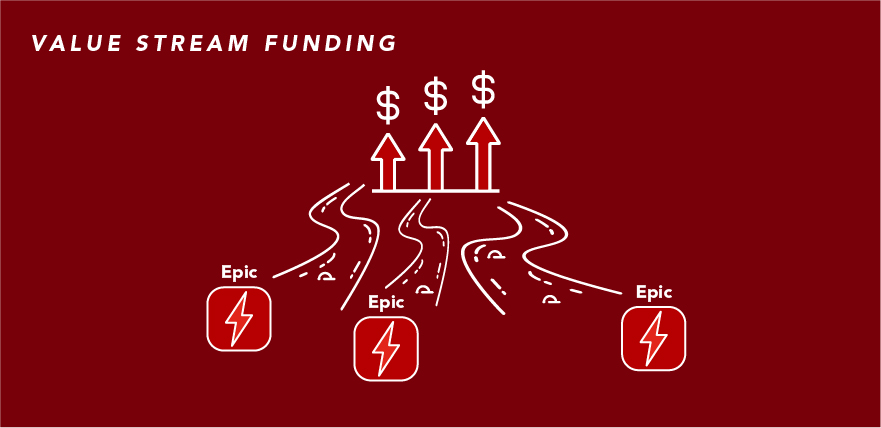Value Stream Funding
Value Stream Funding
The value stream funding capability allows organizations to set financial targets for value streams in the form of benefits and revenue. A baseline is captured to monitor variance between the targets and the actual benefits and revenue the value stream generates. Financial targets support investment decision-making by providing the context against which planned and current agile work can be analyzed and prioritized, enabling you to assess your organization’s ability to take on new investments.
Learn more
Capability resources

Portfolios process flows
Review step-by-step guidance, process flows, and best practices for end users to achieve specific business outcomes.
Learn more
 Definition
Definition Business value
Business value